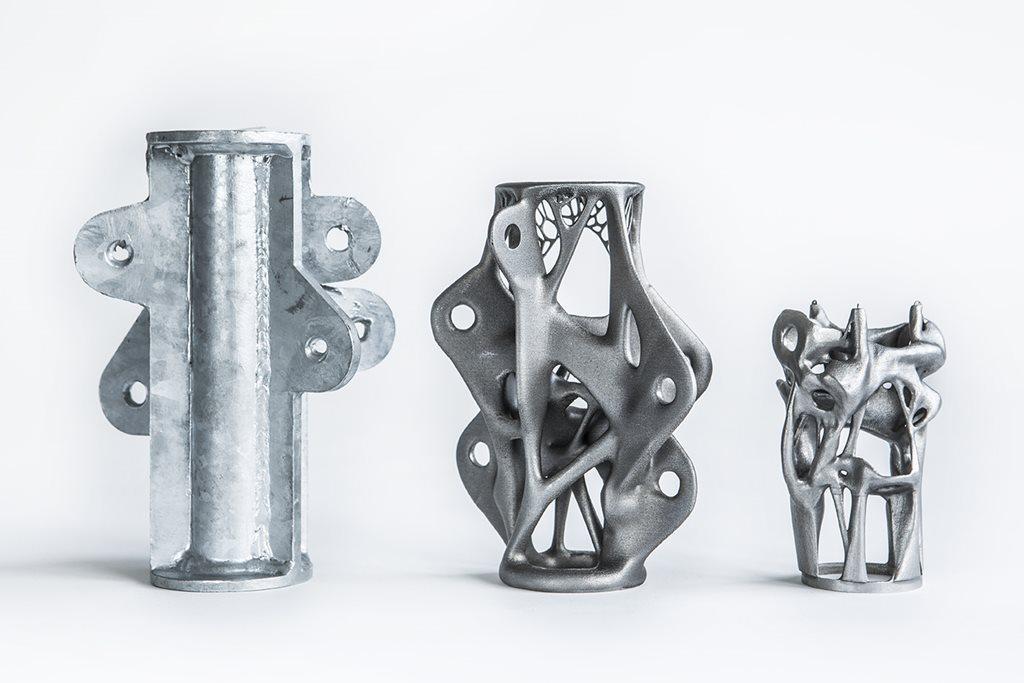
Year: 2017
-
Chaos Group V-Ray Wins Academy Award
http://www.awn.com/news/chaos-group-s-v-ray-wins-academy-award
Photorealistic production renderer used on more than 150 feature films since 2002, including recent hits like ‘Doctor Strange,’ ‘Deadpool,’ and ‘Captain America: Civil War,’ to be honored for advancing the use of fully ray-traced rendering in motion pictures.
-
Mind games
If you have a song stuck in your head that you can’t seem to get out, think of the end of the song and it should go away. This is due to something called the Zeigarnik effect, which is basically your mind having a problem with things left unfinished.
If you want to get your child to do something, say, drink milk, do what Tigerlily1510 says: “Ask your son if he wants milk and he’ll say no, but ask him if he wants milk in a blue cup or a red cup and he’ll choose a colour and drink his milk! Magic!”
Use silence to your advantage when negotiating. People have a natural tendency to be uncomfortable with silence, and will often do whatever it takes to break it. Just be patient.
When you tell a joke in a big group of people, the person who you turn to look at first is the person you’re closest to.
Do this to someone: Tell them to look into your eyes and say they can’t stop looking. Ask them what they had for lunch three days ago and chances are they won’t be able to answer. It’s very hard to remember something without moving your eyes.
Whispering something to someone almost guarantees that they’ll whisper back.
When trying to find something, look right to left instead of left to right. You’re more likely to miss things because your eyes are used to looking one way.
If you want someone to believe a totally untrue story, repeat it three separate times adding details each time. For example: “You can say to someone ‘remember that time at school, when Mr Smith accidentally ran over the math teacher in the teacher’s car park?’ The first time they won’t and will question you, but then repeat the same thing later with a couple of details thrown in and the third time you mention it, they will remember it happening.”
If you want someone to believe your lie, add an embarrassing detail about yourself. For example: “Instead of saying, “No I wasn’t at Jimson James’ house. I was with Randy the whole time.” Try saying, “No I haven’t been to Jimsons’ in a while. I clogged his toilet so I don’t think his parents want me over there for a while… so me and Randy hung out.”
Nodding your head while asking a question makes the other person more likely to agree with you.
When arguing with someone, act much calmer than them. This can cause them to say something particularly irrational which you can use against them.
When you tell a joke in a big group of people, the person who you turn to look at first is the person you’re closest to.
Do this to someone: Tell them to look into your eyes and say they can’t stop looking. Ask them what they had for lunch three days ago and chances are they won’t be able to answer. It’s very hard to remember something without moving your eyes.
Whispering something to someone almost guarantees that they’ll whisper back.
When trying to find something, look right to left instead of left to right. You’re more likely to miss things because your eyes are used to looking one way.
If you want someone to believe a totally untrue story, repeat it three separate times adding details each time. For example: “You can say to someone ‘remember that time at school, when Mr Smith accidentally ran over the math teacher in the teacher’s car park?’ The first time they won’t and will question you, but then repeat the same thing later with a couple of details thrown in and the third time you mention it, they will remember it happening.”
Let’s say you’re carrying something you don’t want to be carrying. Easy fix, just follow rarabara’s advice: “If you want to get get rid of an object, for example walking with a friend after you bought a 2l coke bottle and want him to carry it, just keep talking to him while handing him the bottle, most of the times people will just take the object automatically without thinking.”
Here’s how to win rock, paper, scissors every time: “Right before you are about to count (or interrupt the count) catch the person off-guard with a personal question, or something directed at them. Then immediately after just resume the count like nothing happened. Most of the time the person will throw scissors as a sort of automatic defensive mechanism.” -
Christopher Schrader on Artificial Intelligence and Education Technology Entrepreneur
In this photo are three structural nodes, intended to hold cables above a road in The Hague.
The difference is the node on the far left was designed by a human, and on the far right by a computer.
More importantly, the node on the far right supports the same weight, but weighs 75% less and is 50% smaller.
It makes you think where design and aesthetics will shift toward, in a future where computers design our world.
Categories
- 3Dprinting (166)
- A.I. (553)
- animation (336)
- blender (183)
- colour (224)
- commercials (45)
- composition (147)
- cool (357)
- design (617)
- Featured (54)
- hardware (291)
- IOS (107)
- jokes (134)
- lighting (272)
- modeling (104)
- music (183)
- photogrammetry (160)
- photography (740)
- production (1,224)
- python (81)
- quotes (480)
- reference (302)
- software (1,285)
- trailers (287)
- ves (510)
- VR (218)
Recent Posts
- Midjourney – Film types and tokens for photorealism
- NVidia Jetson Orin Nano Super Developer Kit – The most affordable generative AI supercomputer
- Pencil2D – a free, easy, intuitive tool to make 2D hand-drawn animations
- Natron – a free, cross-platform, open source Compositing Software For VFX and Motion Graphics
- Shotcut.org – a free, open source, cross-platform video editor






